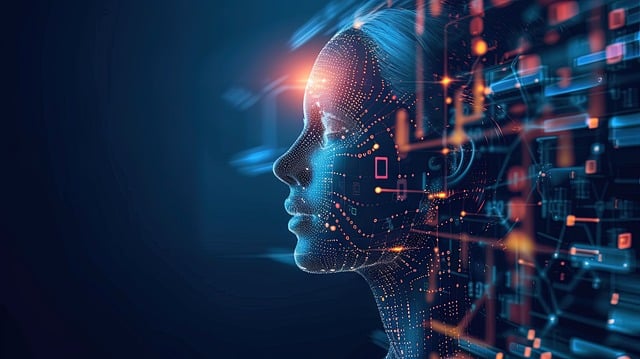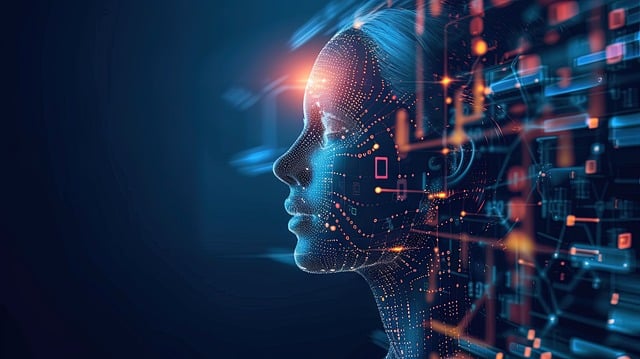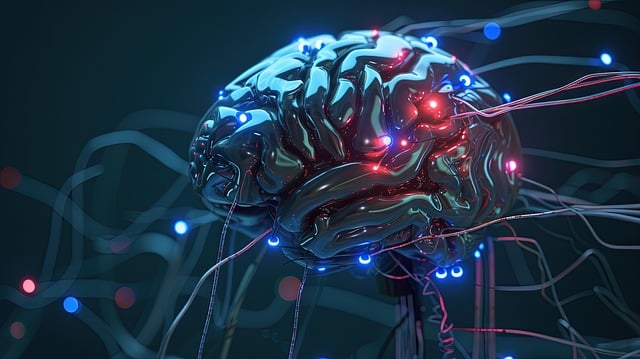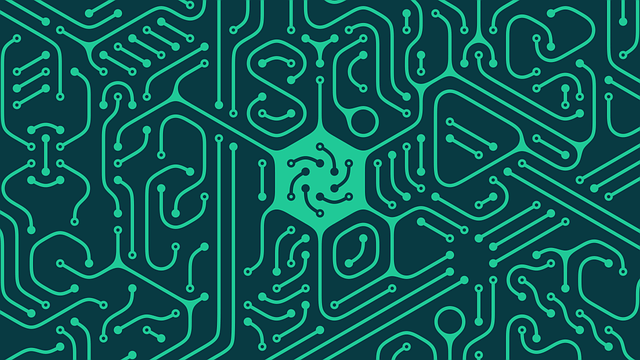How to Get Started with Machine Learning in Python? Machine learning in Python is a growing field that offers endless possibilities, from automating simple tasks to creating complex models for predictive analytics. If you are new to this domain, this guide will walk you through everything you need to know, including an introduction to machine learning in Python, exploring Python libraries for machine learning, and understanding how to build your first machine learning model in Python. We’ll also dive into tools like Scikit-Learn, TensorFlow, and Keras, which are essential for beginners.
Introduction to Machine Learning in Python
Machine learning in Python is all about enabling computers to learn from data without explicit programming. Python is a preferred language because of its simplicity and a vast array of libraries that make machine learning tasks manageable.
When starting, it’s crucial to grasp the basics of supervised and unsupervised learning. Supervised learning deals with labeled data, where the algorithm learns by example. Unsupervised learning, on the other hand, works with unlabeled data to find hidden patterns. These concepts form the foundation for building machine learning models.
Python Libraries for Machine Learning
Python boasts a rich ecosystem of libraries tailored for machine learning:
Scikit-Learn
Scikit-Learn is a powerful library for implementing basic to advanced machine learning algorithms. It offers tools for data preprocessing, model selection, and evaluation.
To use Scikit-Learn effectively, begin by importing datasets, such as the famous Iris dataset. You can split the data into training and testing sets, apply algorithms like decision trees, and evaluate the model’s accuracy. The library’s documentation is beginner-friendly, making it a great starting point.
TensorFlow and Keras
TensorFlow and Keras are widely used for building deep learning models. TensorFlow handles computations at scale, while Keras offers an intuitive API for creating and training neural networks.
Start with Keras to build simple models. For instance, you can create a feedforward neural network to classify images. As you grow comfortable, you can leverage TensorFlow’s advanced features for complex tasks like natural language processing.
Pandas and NumPy
Pandas and NumPy are indispensable for handling data in machine learning projects. Pandas simplifies data manipulation, while NumPy allows numerical computations.
Use Pandas to clean and prepare your dataset. For example, remove missing values or normalize features. NumPy can be used to implement mathematical operations or create arrays for model input.
Building Your First Machine Learning Model in Python
Building your first model is an exciting milestone. Let’s look at the step-by-step process:
Preparing Your Data
Start by collecting a dataset. For beginners, preloaded datasets like those in Scikit-Learn or Kaggle are ideal. Once you have your data, clean it by handling missing values, outliers, and inconsistent entries.
Choosing the Right Algorithm
The choice of algorithm depends on the type of problem you’re solving. For example:
- Linear regression works well for predicting continuous variables.
- Classification problems can be tackled using logistic regression or decision trees.
Experimenting with multiple algorithms helps you find the best fit for your data.
Training and Evaluating
Split your dataset into training and testing sets. Use the training set to fit the model and the testing set to evaluate its performance. Metrics like accuracy, precision, and recall are commonly used to measure success.
Exploring Supervised and Unsupervised Learning in Python
Understanding the distinction between supervised and unsupervised learning is crucial for selecting the right approach.
Supervised Learning
Supervised learning requires labeled data. The algorithm learns to map input features to the target output. Common algorithms include support vector machines, random forests, and neural networks.
A practical example is email spam detection, where the model predicts whether an email is spam based on its content.
Unsupervised Learning
Unsupervised learning finds patterns in unlabeled data. Clustering and dimensionality reduction are popular techniques.
For instance, clustering can group customers based on purchasing behavior, helping businesses tailor marketing strategies.
Getting Started with TensorFlow and Keras
TensorFlow and Keras are two of the most popular frameworks for deep learning. While TensorFlow is a robust library designed for complex computational tasks, Keras acts as a user-friendly interface for building and training deep learning models. Together, they simplify the process of creating machine learning models, especially for beginners.
Installation and Setup
Install TensorFlow and Keras using pip. Set up a Jupyter Notebook or any Python IDE for writing your code.
Building a Simple Neural Network
Begin with a basic model. Define the input, hidden, and output layers. Compile the model using an optimizer like Adam and train it on your dataset. Visualize the training progress with a loss curve to ensure the model improves over time.
Conclusion
Machine learning in Python is a rewarding journey, offering tools and techniques to solve real-world problems. By understanding concepts like supervised and unsupervised learning, exploring libraries like Scikit-Learn, TensorFlow, and Pandas, and building your first model, you’ll gain the confidence to dive deeper. Start small, experiment with datasets, and gradually expand your knowledge to tackle complex projects.






